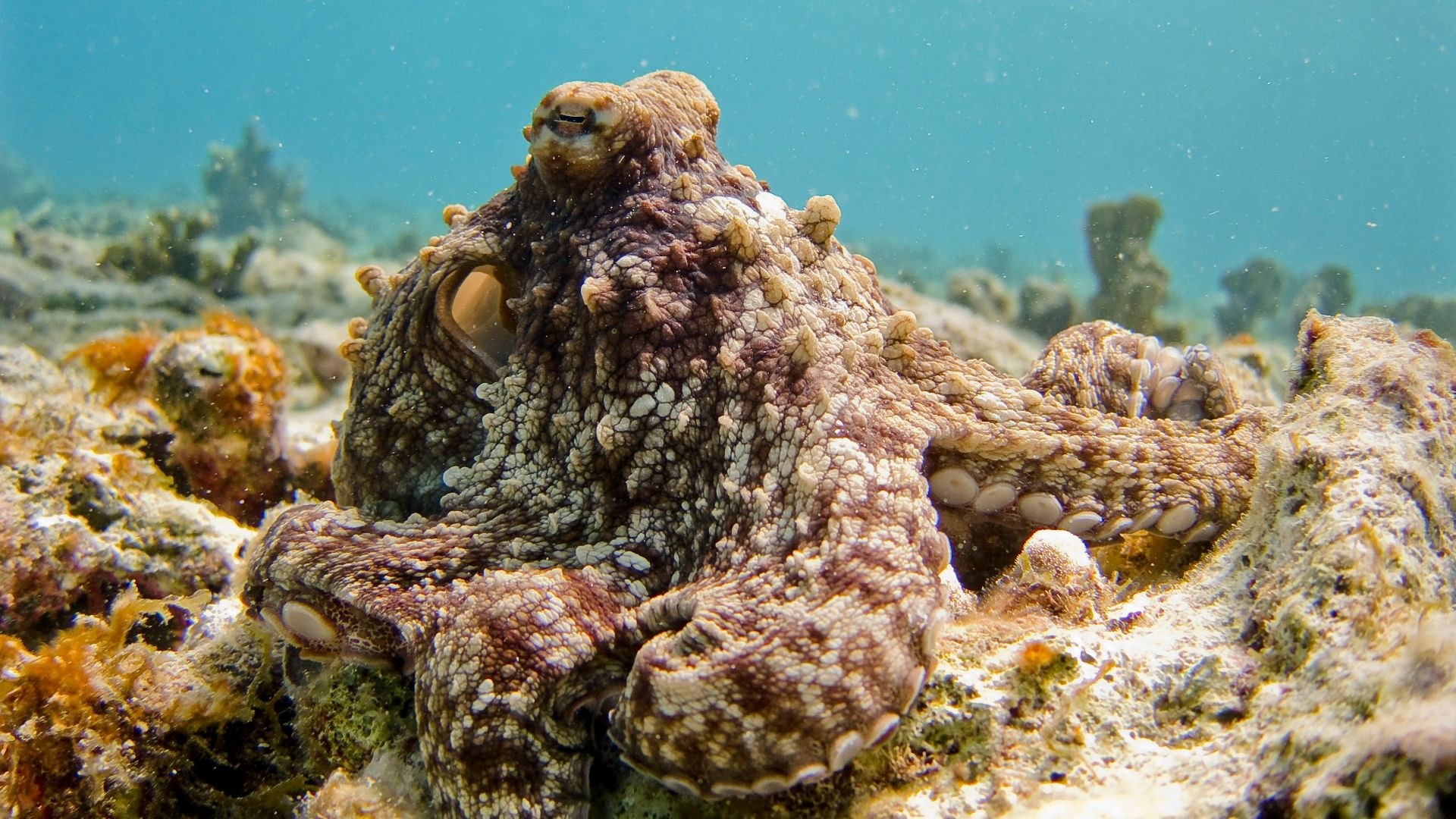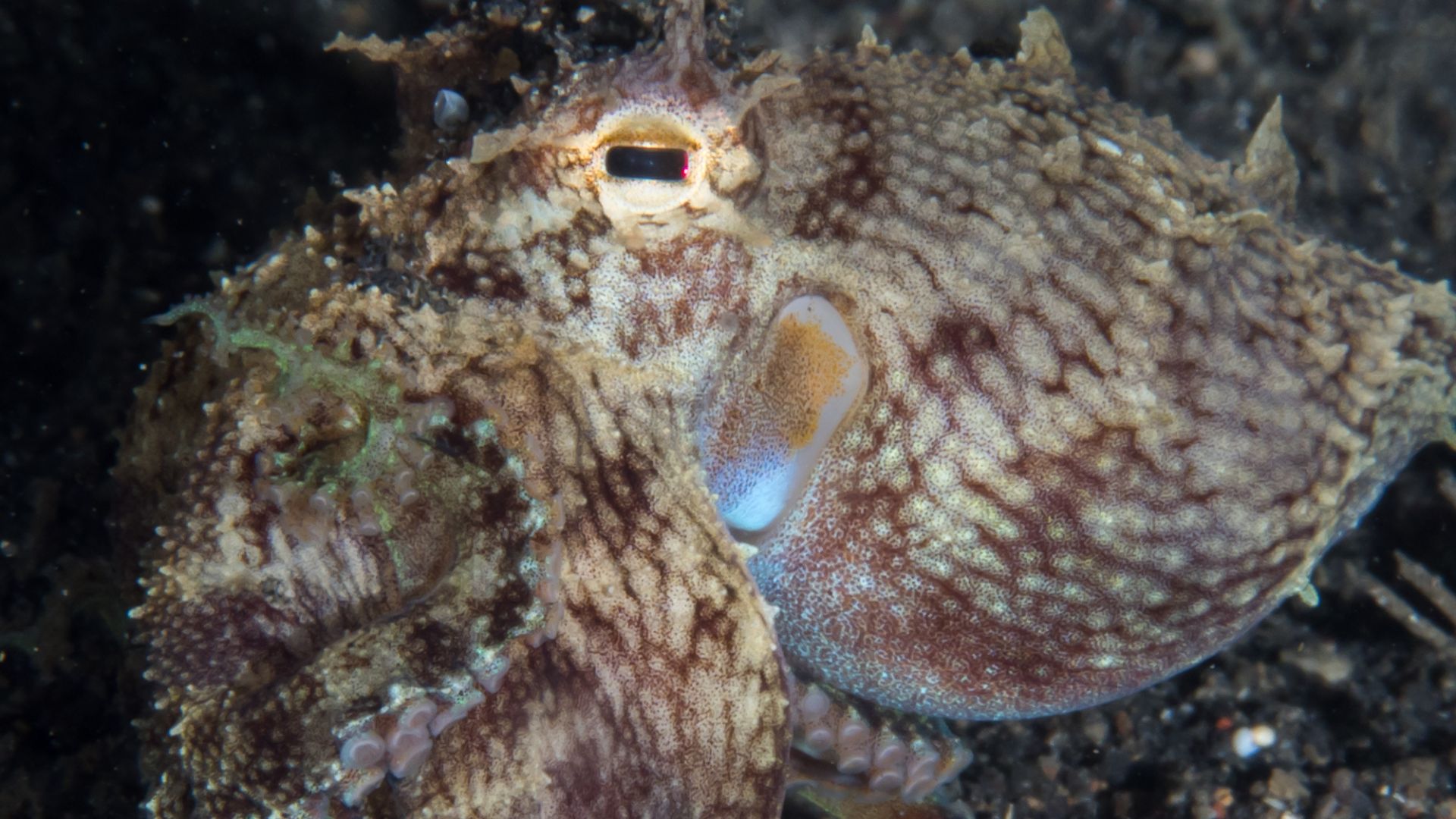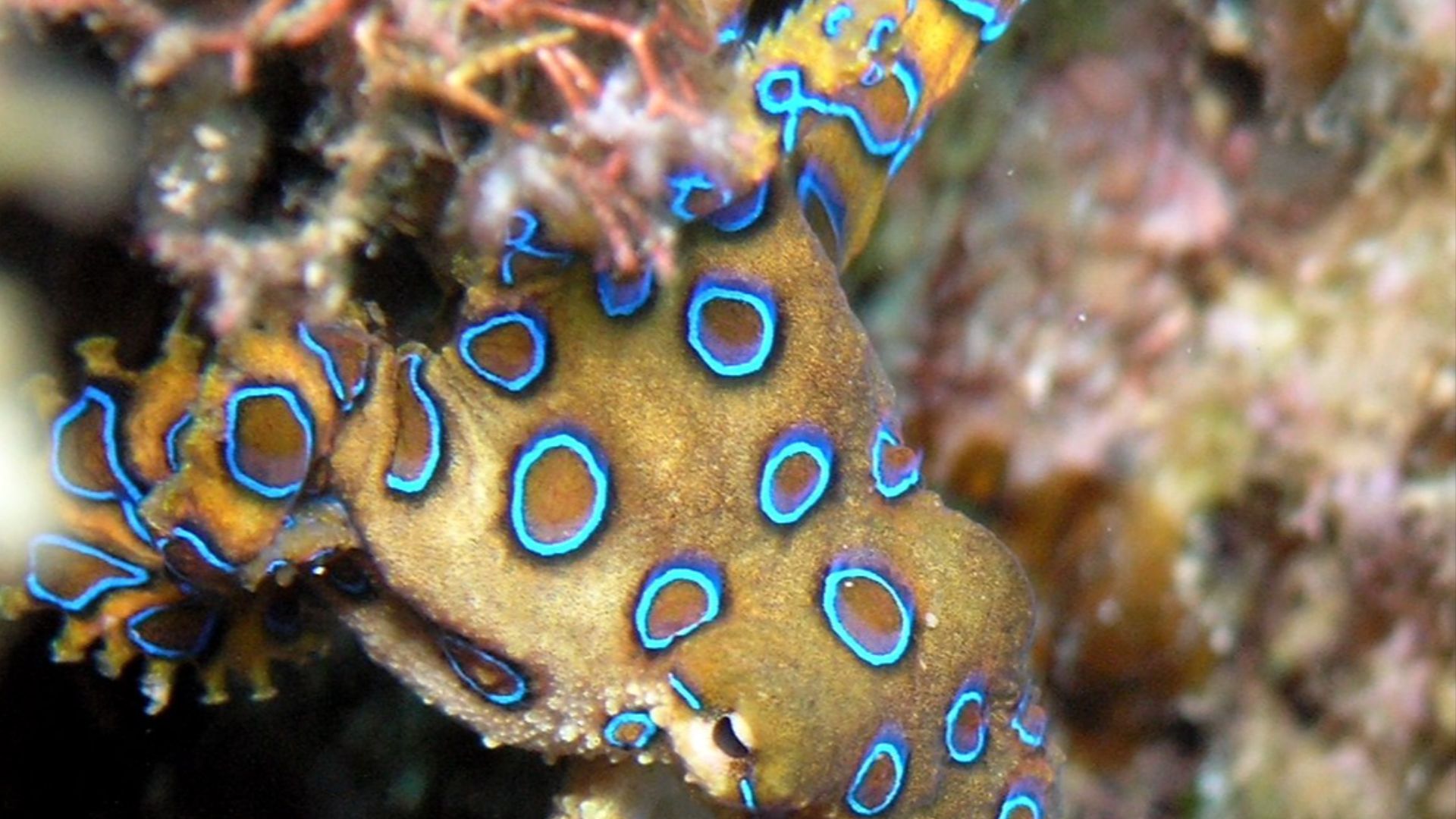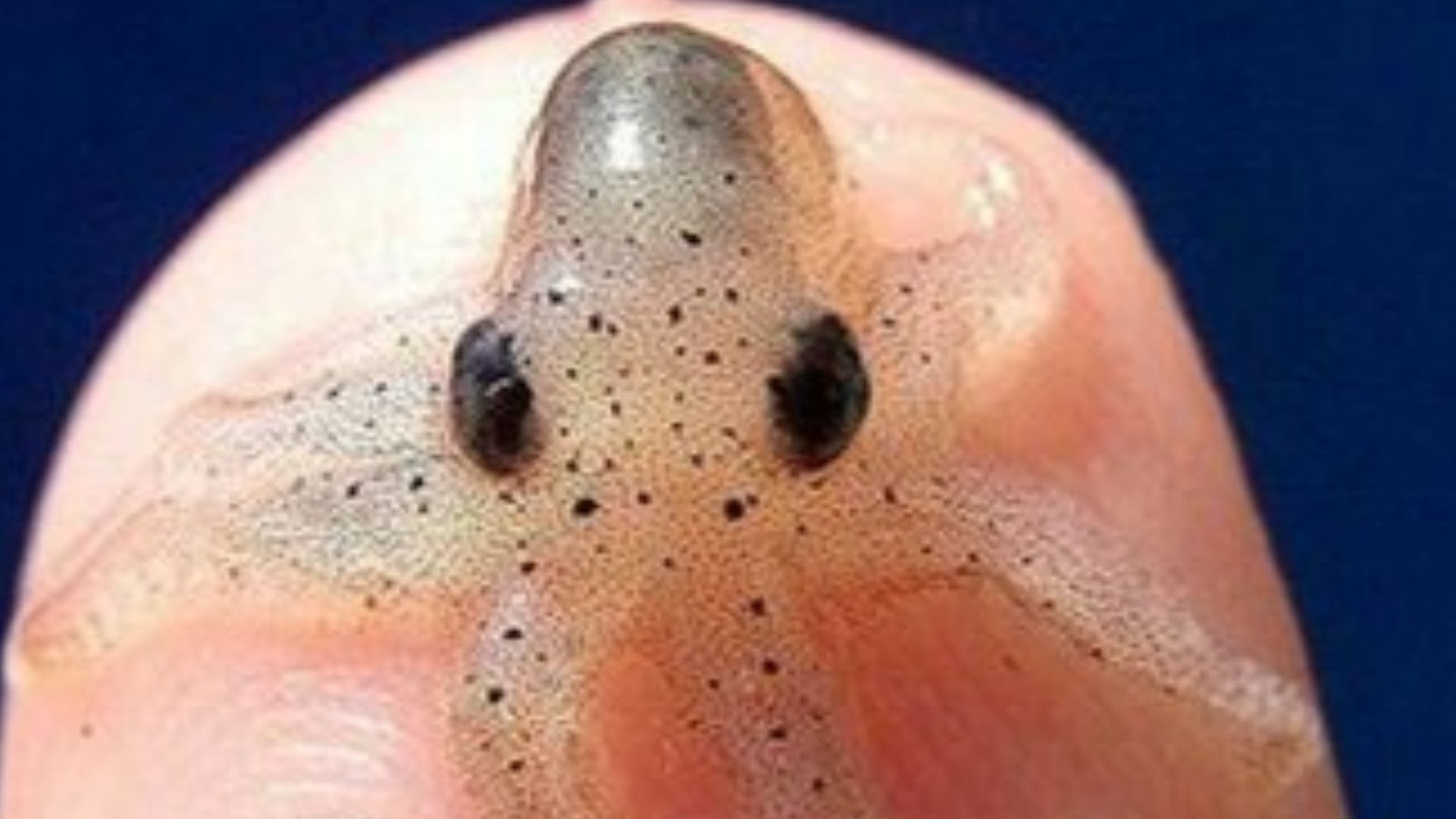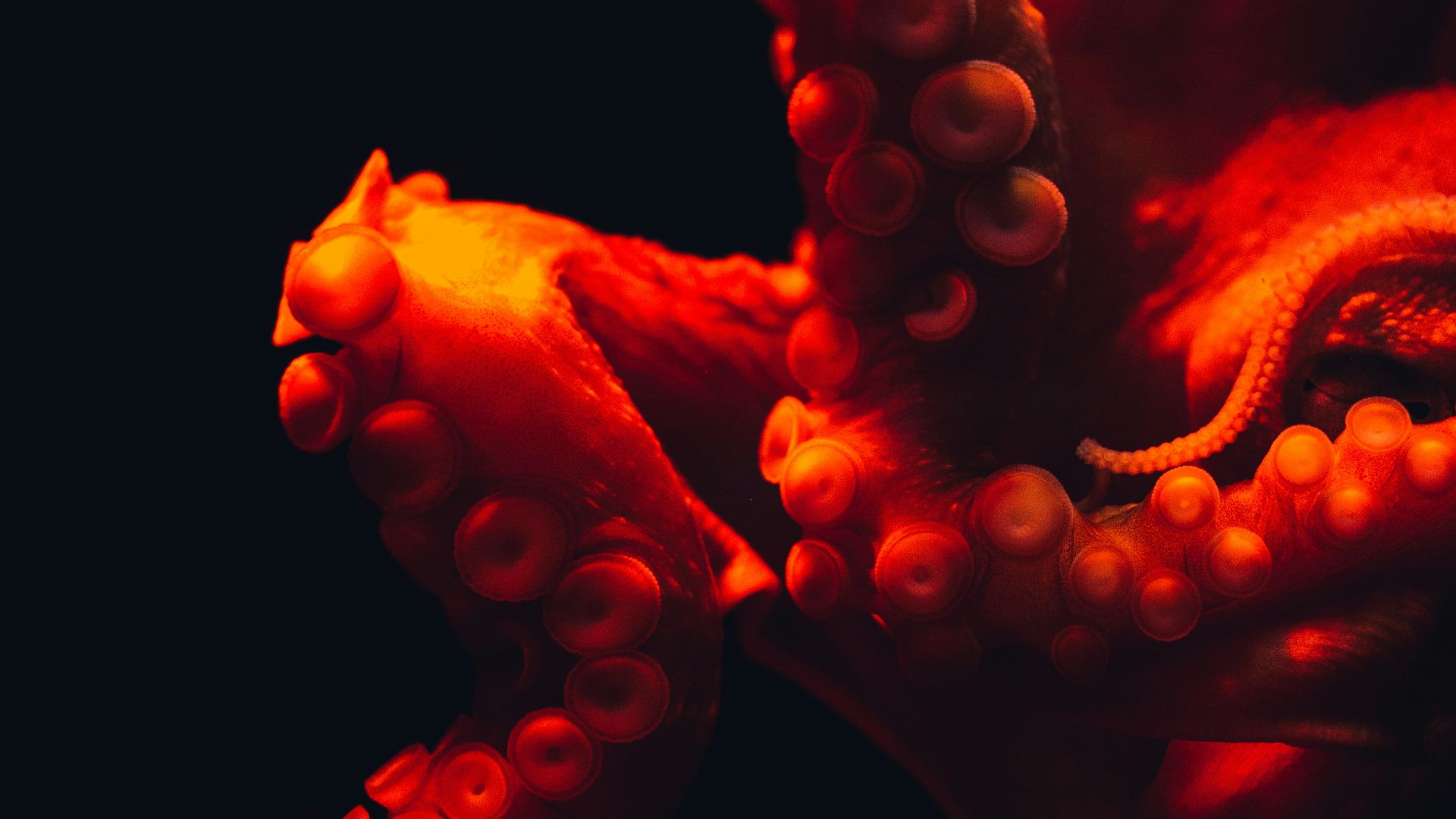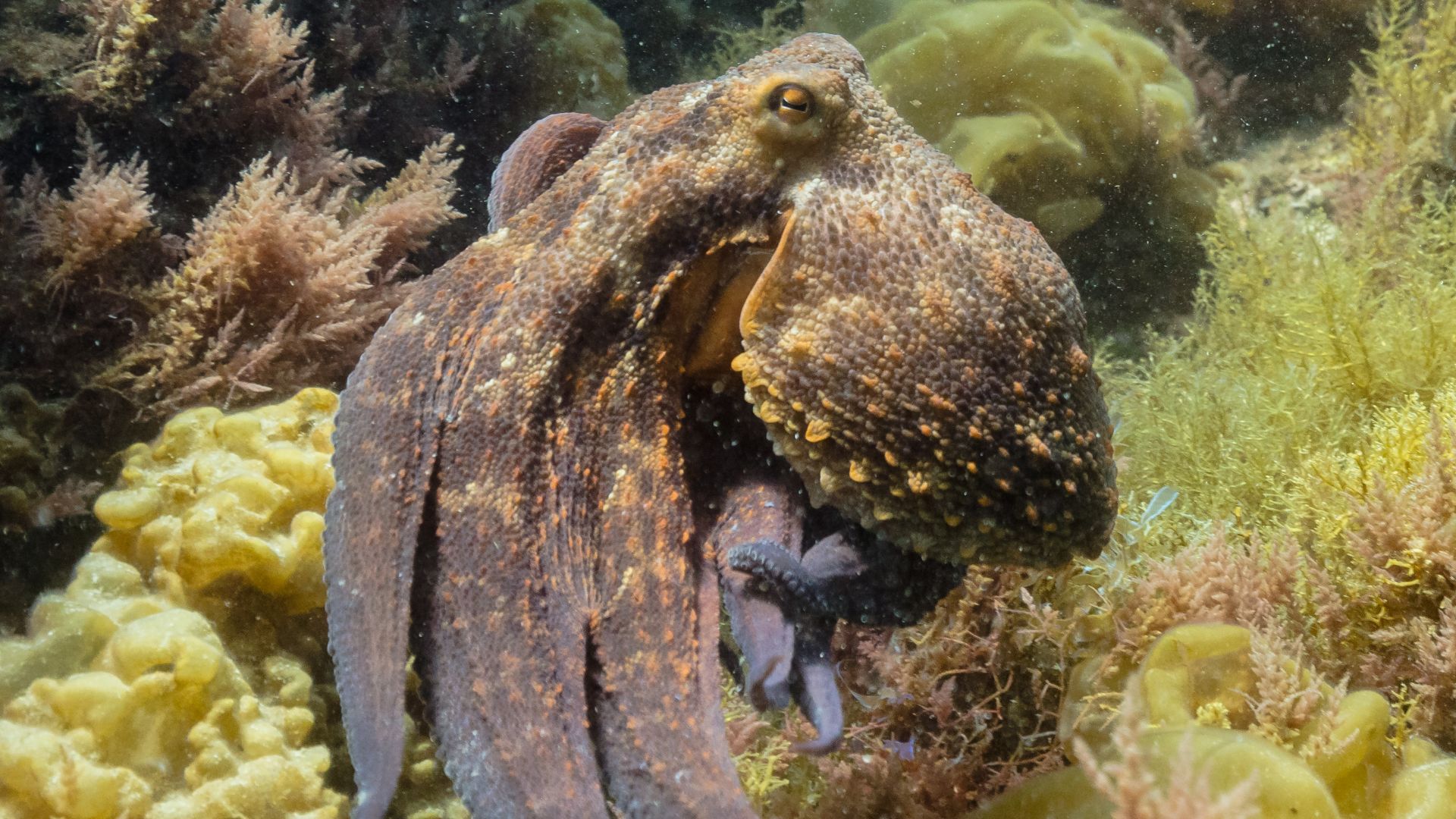An Alien World
Octopuses have always looked like something out of an alien movie. With their bulbous head and excess of appendages, these creatures are some of the smartest and most unique animals living in our oceans. With that in mind, here are 20 of the most noteworthy members of the species.
1. Mimic Octopus
This strange-looking octopus is also known as the master of disguise. It can not only change its colors, but also its texture, and has gone as far as to pretend to be other marine animals. All of this camouflage makes it a proficient and intimidating hunter as well.
2. Blanket Octopus
This stunning octopus clearly gets its name from the long blanket that drapes down its tentacles. The females can get up to 6.5 feet in length and they spend most of their time floating in tropical and subtropical oceans. It uses this blanket mainly to intimidate predators, but it isn’t afraid to entangle creatures that get too close.
3. Coconut Octopus
This octopus catches a lot of eyes for its strange gait, as it seems to hover across the ocean floor. It’s actually capable of moving on two limbs the same way humans do, which is a behavior it shares only with a few other octopuses.
4. Ghost Octopus
This guy gets its name due to the translucent hue of its skin. It looks like Casper as it floats about the ocean floor, and it has one of the strangest parenting habits of all creatures. In fact, it wraps its body around its egg clutch for several years to protect it.
 National Marine Sanctuaries on Wikimedia
National Marine Sanctuaries on Wikimedia
5. Blue-Ringed Octopus
This species is actually one of the most venomous marine animals in the world, and just by looking at it, you can tell that something strange is up. It looks quite trippy, and can have over 60 blue rings scattered across its body. Their sizes vary too, with most adults getting anywhere from 1.5 to 2.5 inches.
6. Caribbean Reef Octopus
Known for its bright, vibrant colors, this octopus is hard to miss. It’s mostly nocturnal, and you can find it hovering about in shallow saltwater reefs throughout the Caribbean. In addition to this, it’s known to use ink to evade the many larger predators that hunt it.
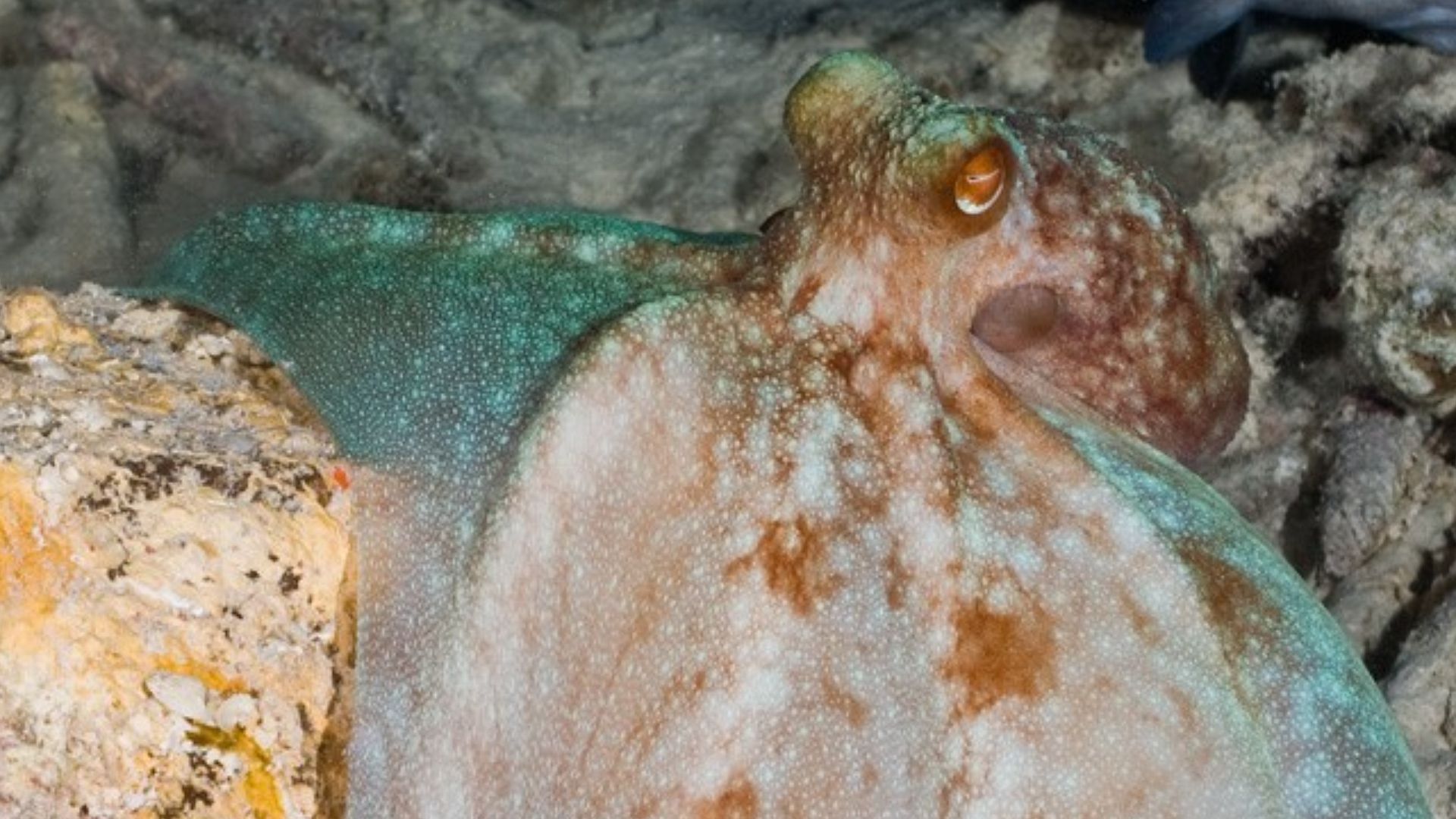 Alessandro Dona - I created this work entirely by myself. on Wikimedia
Alessandro Dona - I created this work entirely by myself. on Wikimedia
7. Bimac Octopus
Known to be one of the world's friendliest octopuses, they are quite tolerant and intelligent. This has even led to numerous instances of them being adopted as pets. However, in the wild, they spend most of their time hiding around rocky reefs and seeking out crevices.
8. Atlantic Pygmy Octopus
These strange and tiny creatures can get up to 6 inches, most of which is made up of their arms. In addition to their appearance, they’re also quite picky eaters and consume little more than clams and small crustaceans. They also have the ability to paralyze their prey with their saliva before eating them.
9. Octopus Wolfi
Known to be the world’s smallest octopus, this creature has a very unique shape and body texture. It was initially discovered in 1913 and gets only 0.6 inches in length. It also weighs just about a gram, and has a tiny lifespan of just six months.10.
10. East Pacific Red Octopus
This octopus lives in shallow waters as well, and it uses its strange blend of color and texture to hide within its surroundings. Despite its tough-to-see terrain, it actually has excellent eyesight, making it quite adept at hunting prey from crabs to shrimps to small fish.
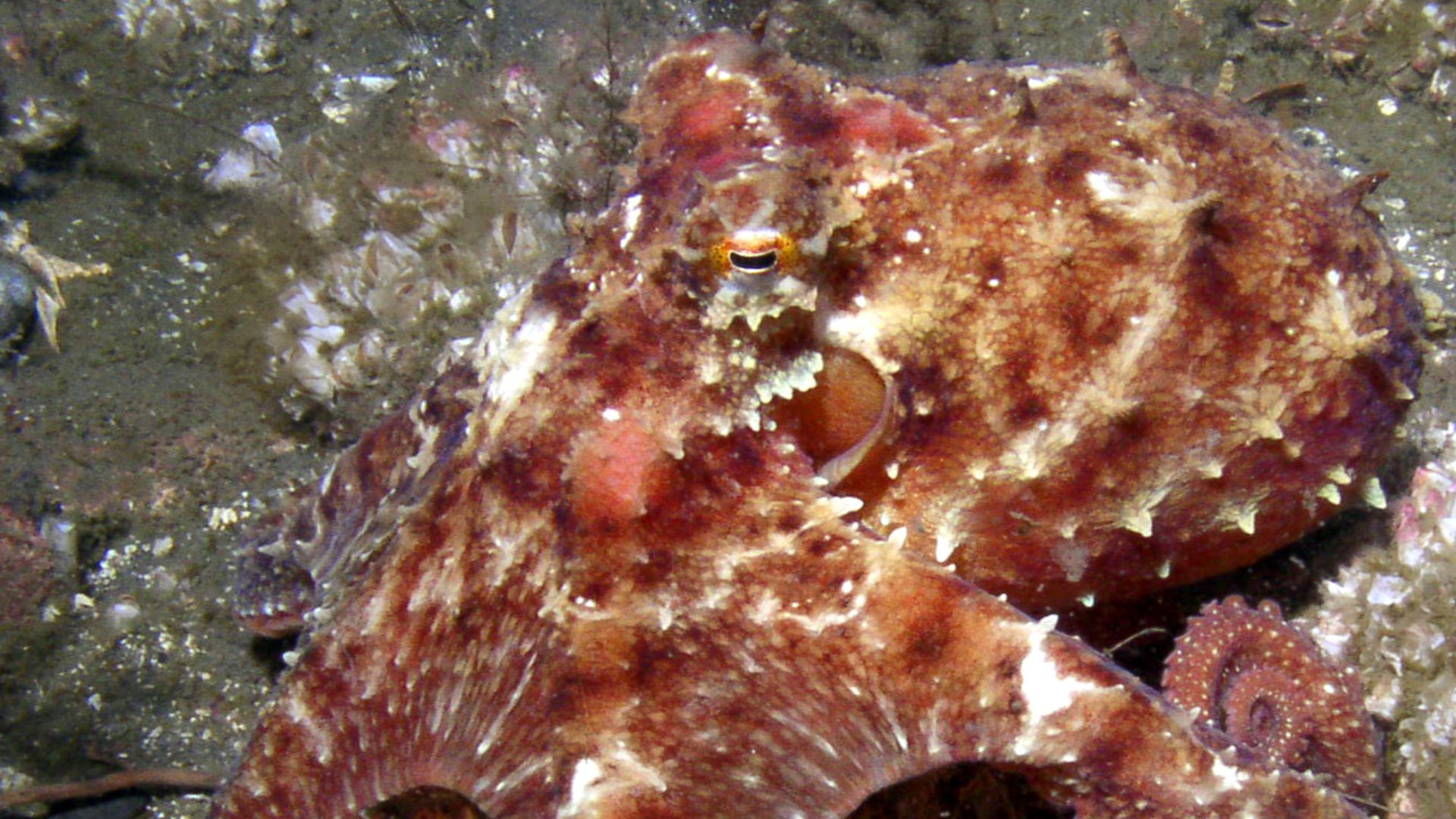 Original uploader was Taollan82 at en.wikipedia on Wikimedia
Original uploader was Taollan82 at en.wikipedia on Wikimedia
11. Seven-Arm Octopus
In reality, this octopus actually has eight arms, but it turns out the males of a species have a modified arm specifically built to hold egg sacs beneath their eyes. They’re also far more elusive than their kin, and have rarely been seen.
12. Dumbo Octopus
This octopus gets its name due to its resemblance to Disney’s elephant by the same name. That being said, it’s also known to live in the deepest depths, as far down as 13,000 feet. The cute ear-like fins, in addition to its gentle face, make it quite cute too.
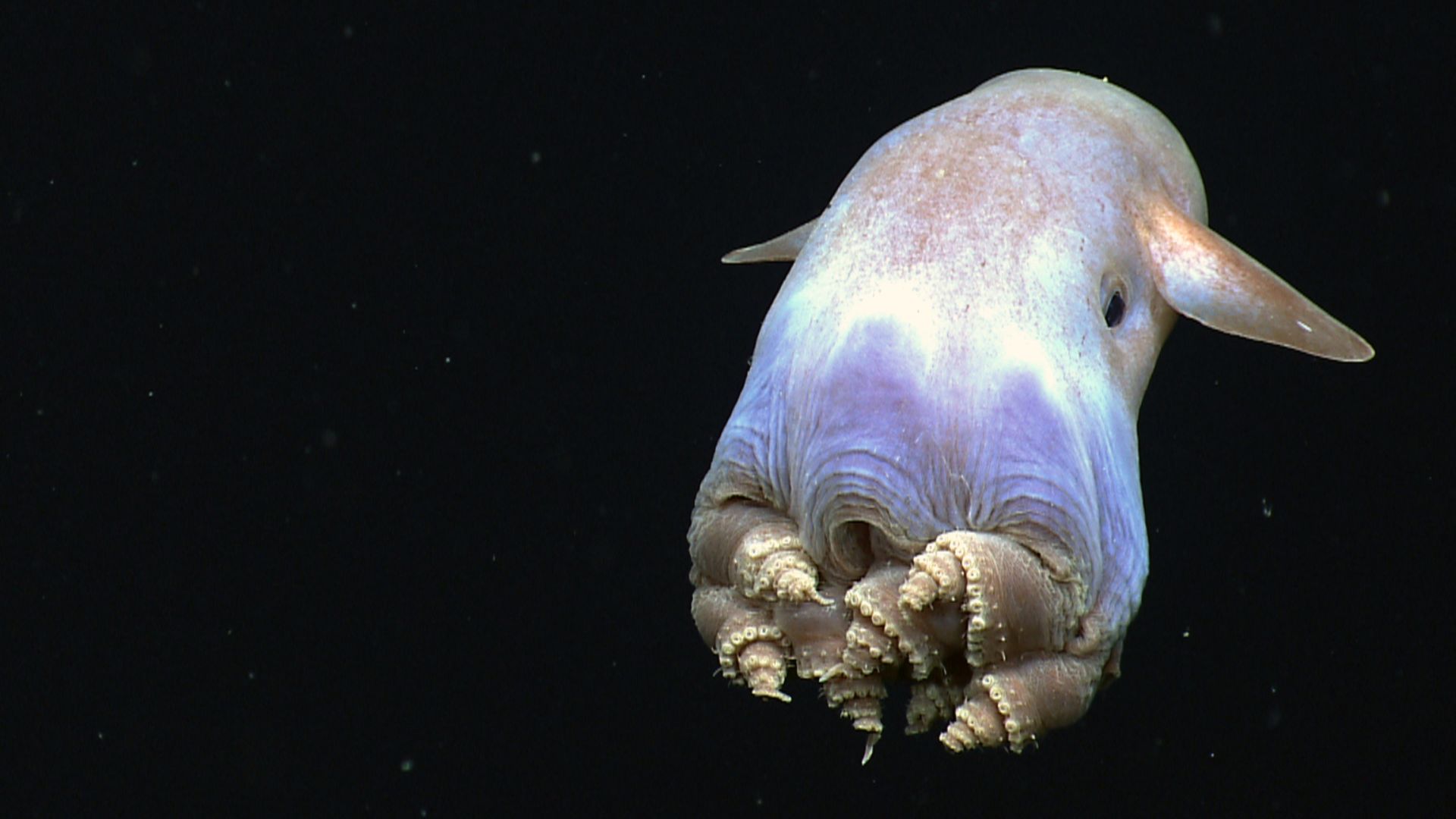 NOAA Okeanos Explorer on Wikimedia
NOAA Okeanos Explorer on Wikimedia
13. Telescope Octopus
This creature gets its name for its see-through body, and looks like something straight out of an alien planet. It lives mainly in subtropical and tropical waters, and is one of the only members of the species to have tubular eyes.
 Internet Archive Book Images on Wikimedia
Internet Archive Book Images on Wikimedia
14. Wunderpus
This little guy may not look like much, but it is actually a very small octopus that gets its name from the German language. It has a unique pattern and spends its time blending into its surroundings to hide from other predators.
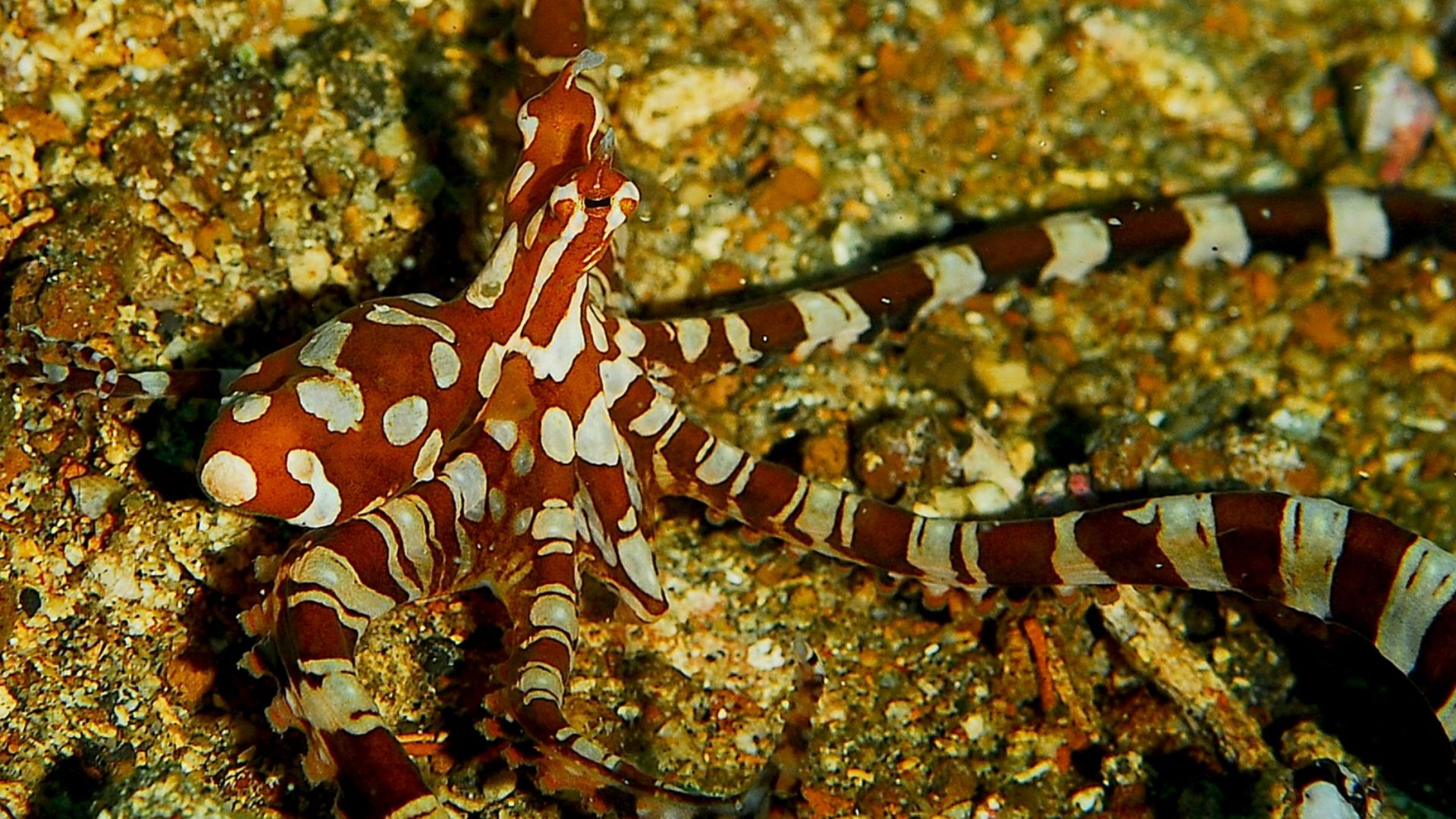 Jenny (JennyHuang) from Taipei on Wikimedia
Jenny (JennyHuang) from Taipei on Wikimedia
15. Giant Pacific Octopus
This octopus is best known for being one of the biggest in the world, and can weigh as much as 600 pounds. They also live in the Northern Pacific Ocean and are pretty flexible about both shallow pools and ocean depths, preferring to hunt their prey at night.
16. Glass Octopus
Like other members of its kin, this octopus also has a glassy and translucent look to its body. Naturally, it prefers to spend its time living in very deep waters, and has rarely been caught on video.
17. Flapjack Octopus
This adorable little octopus is quite mysterious and spends most of its life hanging around the seabed. Its body almost has a fluffy-like texture and it’s even capable of deflating itself to flatten down and confuse prey.
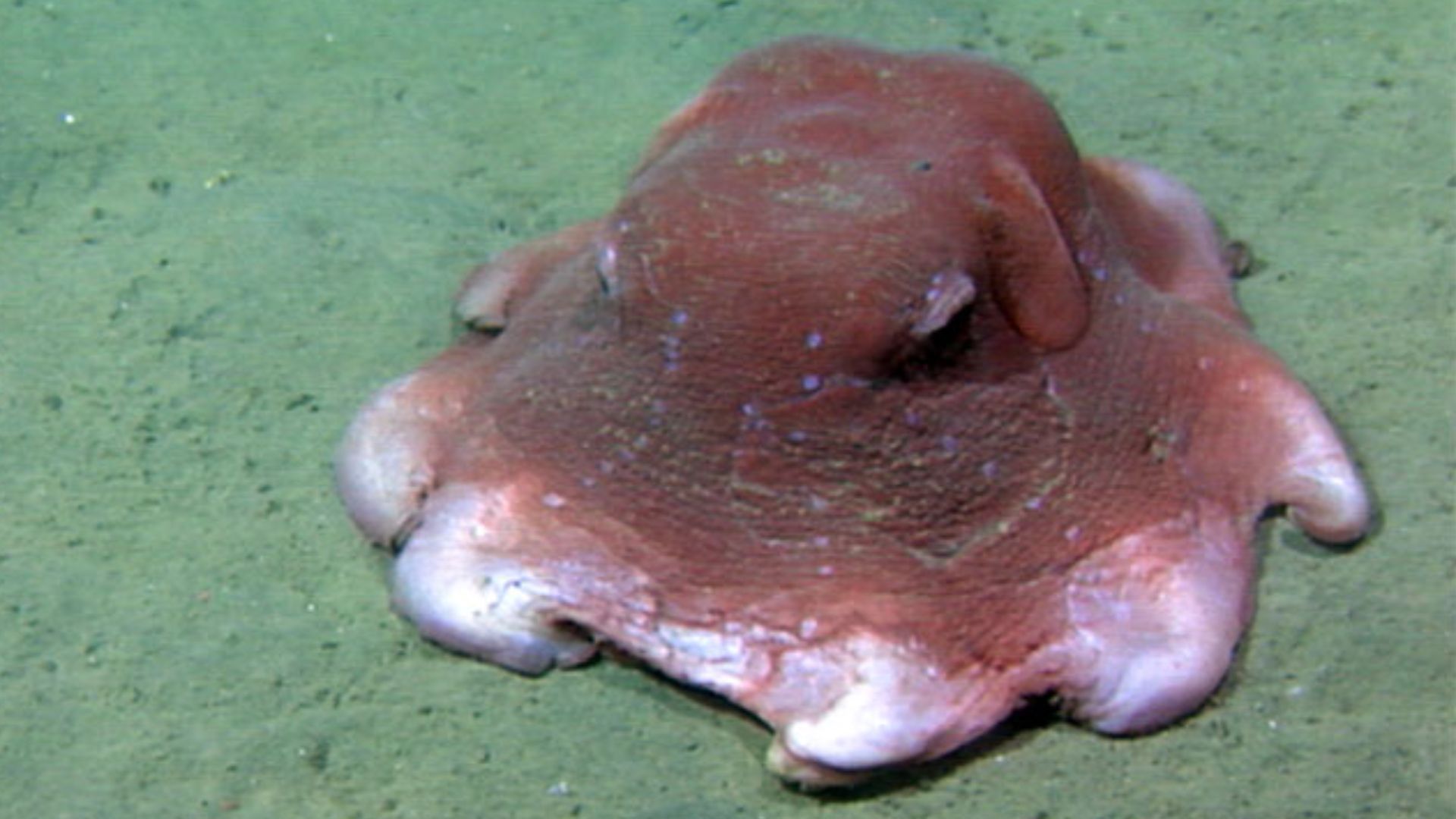 National Marine Sanctuaries on Wikimedia
National Marine Sanctuaries on Wikimedia
18. Atlantic White-Spotted Octopus
This creature might throw you off with its prickly-looking head, but it’s better known for its abundance of spots. They hang around shallow warm waters and can get as big as 30 to 60 inches in length. They’re also exclusively nocturnal, and are a welcome sight for night divers.
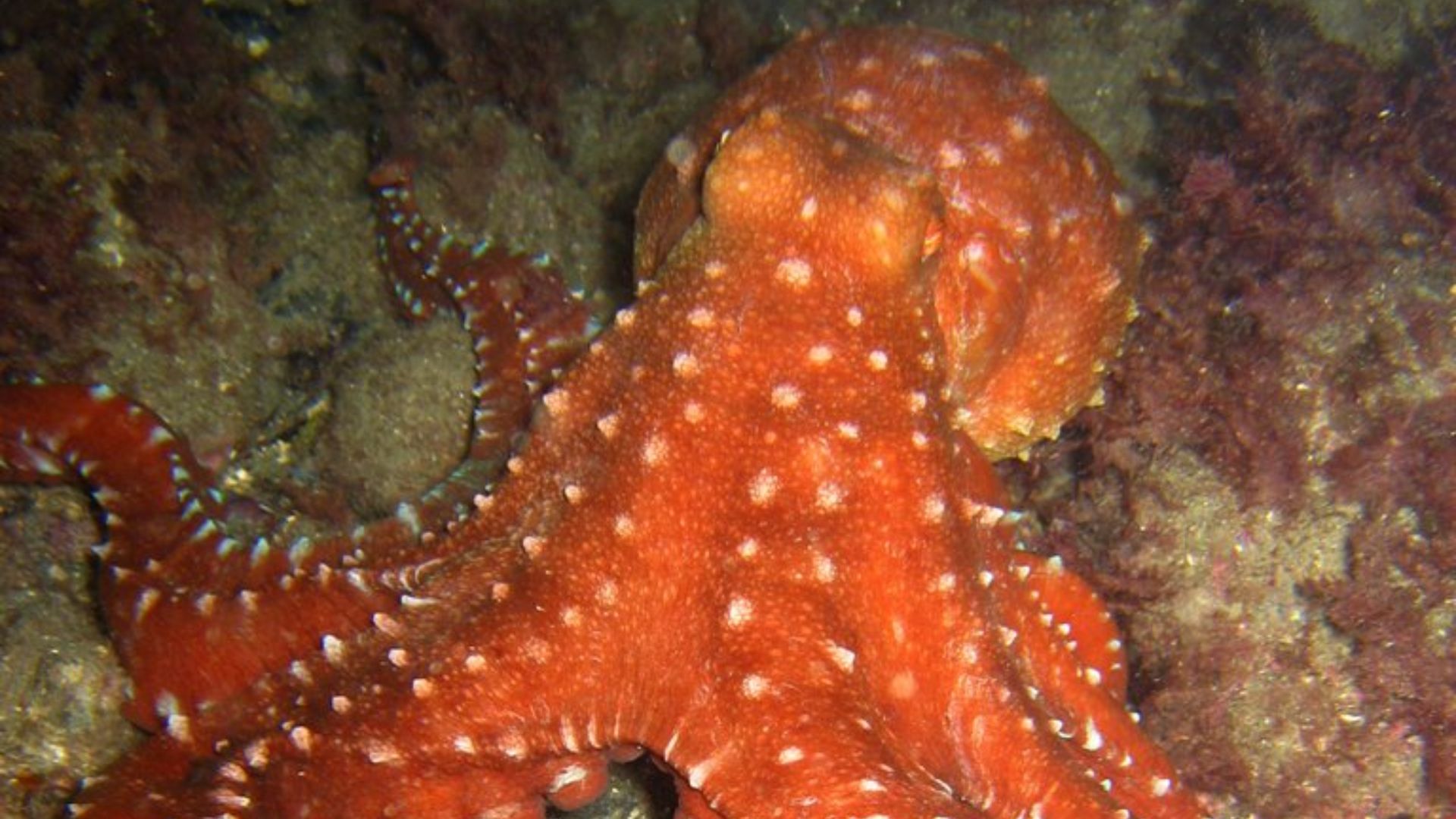 SUBnormali Team Original uploader was Yoruno at it.wikipedia on Wikimedia
SUBnormali Team Original uploader was Yoruno at it.wikipedia on Wikimedia
19. Algae Octopus
This is another one of those octopi that climbs on two legs, and does so while pretending to be algae. This allows it to evade predators and also actively hunt its prey in shallow pools.
20. Common Octopus
Despite its name, this octopus is still quite unique and strange in its own way. It’s considered common as there are many of them throughout oceans across the world. Regardless, they are also possibly able to walk on two arms and are pretty relaxed, spending their time lounging on sandbeds.


